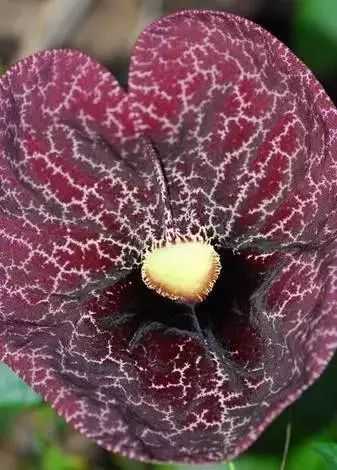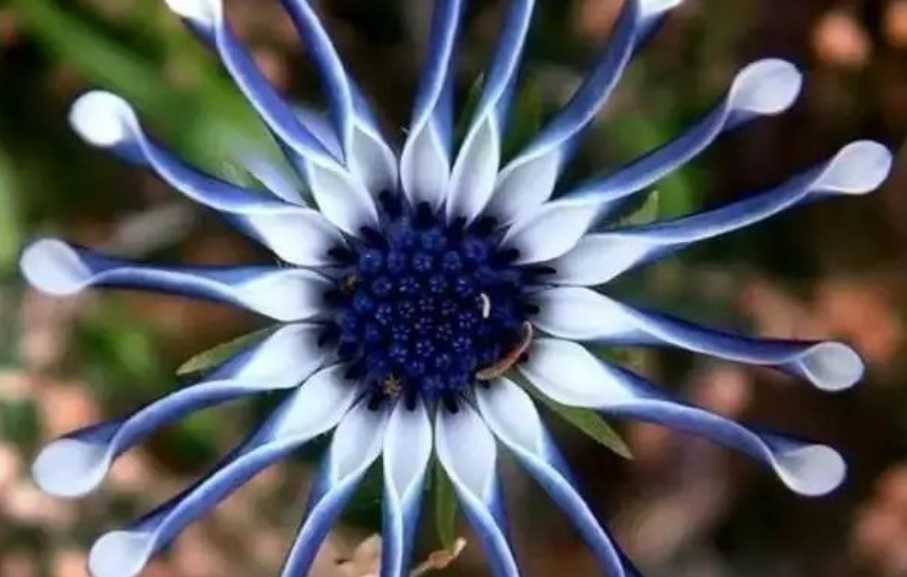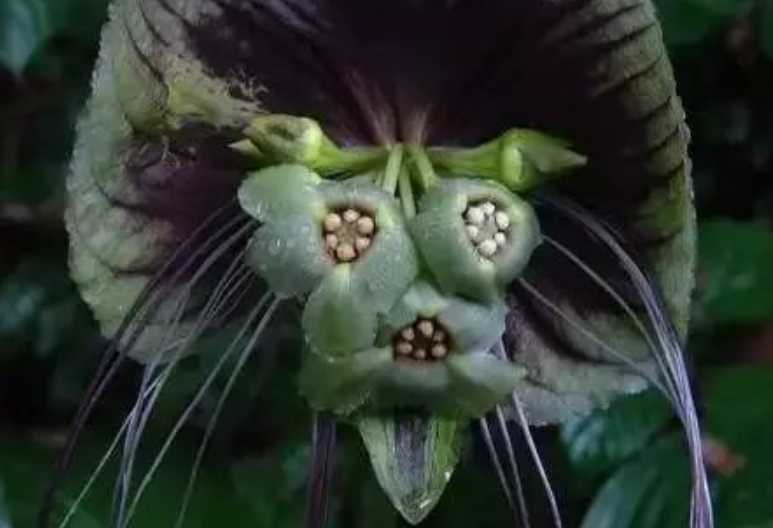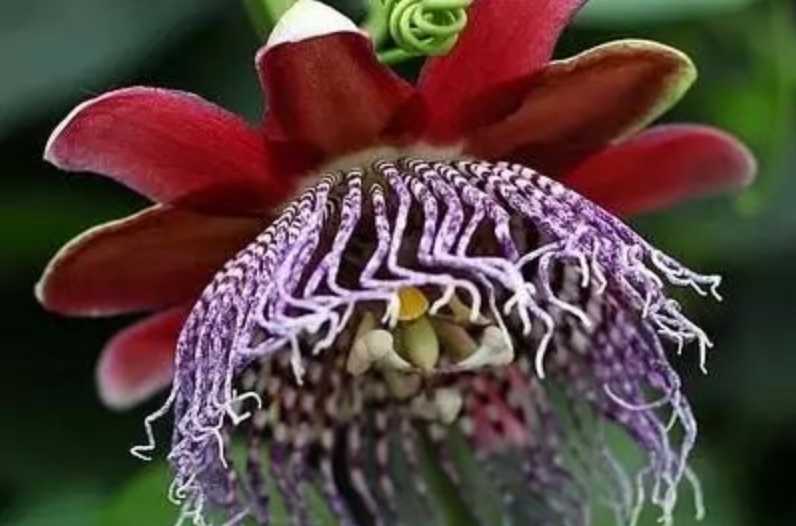Search for information
The Enigmatic Aristolochia: Nature's Architectural Wonder in BloomAristolochia, commonly known as birthwort or pipevine, is a genus of perennial plants celebrated for their uniquely structured flowers that resemble intricate ceramic pipes or whimsical trumpets. Native to temperate and tropical regions across the globe, these climbing or trailing vines have fascinated botanists and gardeners for centuries with their architectural blooms and ecological significance.
June 16, 2025, 2:11 pm EDT

Source: Images from the Internet, if there is any infringement, please contact the removal of

The Alluring Blue - Eyed Daisy: A Floral Gem from Africa
In the world of horticulture, the Blue - Eyed Daisy, scientifically known as Osteospermum, has emerged as a captivating and popular flower. Native to Africa, this member of the Asteraceae family has won the hearts of gardeners and nature enthusiasts around the globe with its unique appearance and adaptability.more

The Fascinating Bat Flower: A Botanical Wonder
The bat flower, scientifically known as Tacca chantrieri, is a remarkable and unique plant that has captivated the attention of plant enthusiasts and nature lovers around the world.more

Los Angeles Food Highlights: Follow These 4 Signature Dishes and Avoid the Pitfalls!
Los Angeles Food Highlights: Follow These 4 Signature Dishes and Avoid the Pitfalls!more

'The Legend of Ochi' Unveils Its First Poster
A24's new fantasy - adventure film The Legend of Ochi has released its first poster. The story is set in a remote northern village, where a young girl named Yuri (played by Helena Zengel) has developed the habit of never going out after dark since she was a child, as she fears the reclusive forest creatures known as "Ochis". When a young Ochi is abandoned by its herd, Yuri embarks on an adventure to reunite it with its family.more

“Toy Bear” Sunflower: A Captivating Floral Delight
In the world of ornamental plants, the “Toy Bear” sunflower has emerged as an endearing and popular choice. This unique variety has captured the hearts of gardeners and flower enthusiasts with its distinct appearance and charming characteristics.more

Captivating Images of an Amateur Model in Foreign Beauty Lifestyle Photos Issue 126
"Foreign Beauty Lifestyle Photos Issue 126" presents a series of photography works featuring an amateur model. These photos capture the model's unique charm and daily elegance, taking the viewers into her world.more

Exotic Winged-stem Passionflower: A Botanical Wonder
The Winged-stem Passionflower, scientifically named Passiflora alata, is a captivating plant that hails from the Amazon River region, spanning from Peru to eastern Brazil. This perennial vine has intrigued botanists and nature lovers with its distinct features and growth habits.more

"Hades II" to Launch on Nintendo Switch and Switch 2, Release Date Pending
In a recent Nintendo Direct event, Supergiant Games announced that "Hades II" will be coming to both the Nintendo Switch and the new Switch 2. However, the specific release date for these Nintendo consoles has not been revealed yet.more

